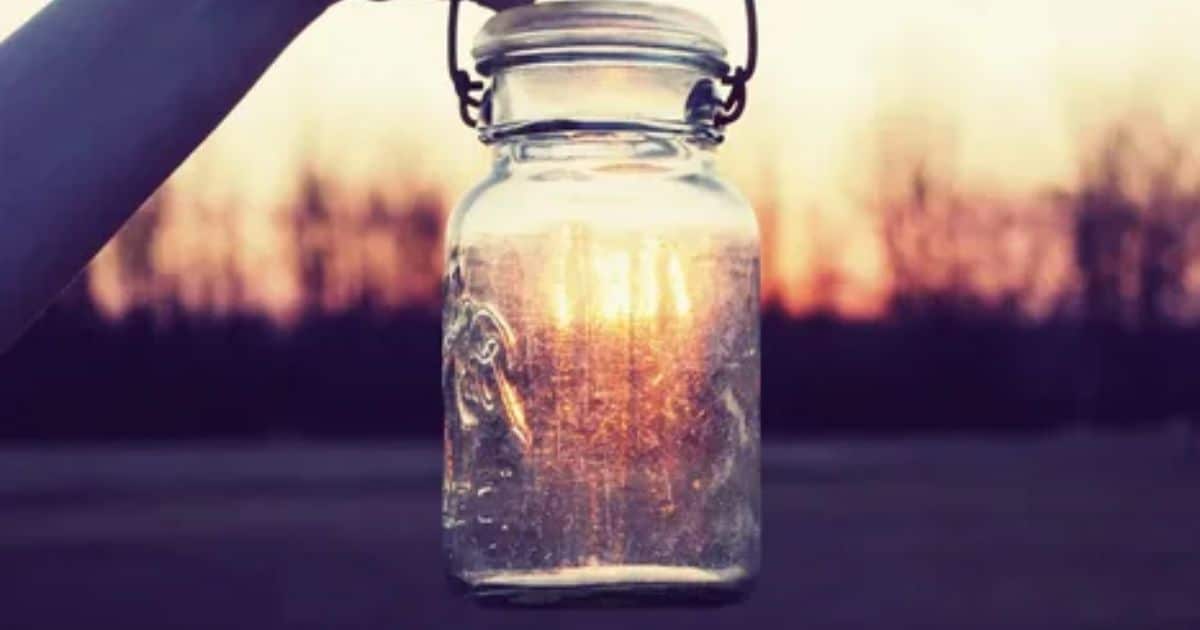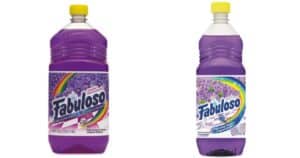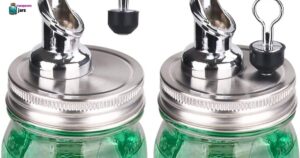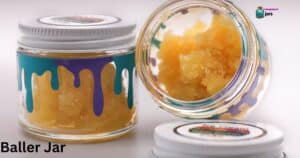Mason jars can get really hot. When you put them in the microwave or pour hot stuff inside, they heat up fast. The glass gets hot quicker than plastic. Be careful when touching them ’cause they can burn your hands if they’re too hot. Let ‘me cool down a bit before handling.
Whether you’re zipping them in the microwave or filling them with a hot pipe, these jars can turn flaming fast. It is very important to handle them carefully as they can reach temperatures that will shock your fingers. So, how hot can mason jars get? Let’s find out.
Mason jars, those handy containers, can really crank up the heat. Whether you’re warming up a beverage or preserving homemade goodies, these jars can become quite hot. They swiftly absorb heat from microwaves or the hot liquids you Decorate A Mason Jar For Christmas pour in. Caution is key when handling these glass containers, they can reach surprising temperatures.
Temperature Mason Jars Withstand
Mason jars can handle a good amount of heat. They’re tough but have their limits. These jars are built to take on temperatures from freezing cold to pretty warm, great for canning and storing hot stuff. If you push them too far with extreme heat or sudden temperature changes, they might crack or break.
When it comes to temperatures, mason jars can withstand quite a range. They’re champs in the kitchen, tolerating heat from boiling water when canning jams or pickles. Yet, they have a breaking point. Drastic shifts from hot to cold or vice versa can cause trouble.
Tips To Avoid Burns From Hot Mason Jars
Handling hot mason jars safely is crucial to avoid burns. Let them cool down a bit before touching them. Use kitchen gloves or a towel to hold them, it’s a shield against the heat. Also, avoid sudden temperature changes, like placing a hot jar on a cold surface, as this could cause the glass to crack and spill its scalding contents.
When removing lids from hot jars, do it carefully. It’s wise to tilt the lid away from you to avoid steam burns. Always keep a safe distance from the steam. Moreover, pour hot contents slowly and steadily, ensuring they don’t splash or spill. Taking these precautions can significantly reduce the risk of burns when dealing with hot mason jars, making your kitchen adventures safer.
| Tip | Description |
| Let jars cool before handling | Allow jars to cool down before touching them to avoid burns. |
| Use kitchen gloves or a towel | Protect your hands by using gloves or a towel to hold hot jars. |
| Avoid sudden temperature changes | Prevent glass from cracking by avoiding rapid changes in temperature. |
| Hold jars away from the body | Keep jars away from your body to prevent accidental spills on your skin. |
| Open lids carefully | Tilt lids away from you to avoid steam burns and maintain a safe distance. |
| Pour contents slowly and steadily | Prevent splashes or spills by pouring hot contents in a controlled manner. |
Mason Jars Handle Heat
Mason jars can handle a lot of heat. They’re made of strong glass that can take high temperatures without cracking. When you pour hot stuff inside, the glass warms up but doesn’t break. Even in the microwave, these jars handle heat well, they might get hot, but they won’t shatter unless there’s a flaw in the glass.
But there’s a trick to it. Don’t put cold jars straight into boiling water or pour in scorching hot liquids, extreme temperature changes can cause them to crack. Let them warm up or cool down a bit before exposing them to drastic shifts. Overall, mason jars are champs at handling heat, but a little care goes a long way in keeping them intact.
I Pour Hot Coffee Into A Mason Jar
Pouring hot coffee into a Mason jar is quick and easy. The heat from the coffee warms up the glass, making it nice to hold. Just be careful ’cause the jar gets hot too, especially around the top where you sip. It’s a cool way to enjoy your coffee and gives a rustic feel to your morning routine.
When you pour that steaming coffee into a Mason jar, it’s like giving yourself a cozy treat. The glass warms up, keeping your drink toasty for longer. But remember, that jar can get seriously hot, so take it easy when holding it. Sip slowly and savor the warmth.
Bake Inside Of A Mason Jar
Sure, baking inside a mason jar can be fun. You can make individual cakes or even bread in them. Just grease the inside, pour your batter in, and pop ’em in the oven. Keep an eye on ’em while they bake ’cause the glass heats up, and they’ll rise a bit, so leave some room at the top. Once they’re done, let ’em cool before digging in.
Not all recipes are meant for mason jars, so stick to ones designed for them. You can get creative with layers, fillings, and toppings, but don’t fill the jar too much, or it might overflow while baking. These cute little treats are perfect for parties or just a cozy homemade dessert. Just be patient and let ’em cool down a bit before enjoying your delicious baked goodies.
Mason Jars Heat Resistant
Mason jars are pretty tough when it comes to handling heat. They’re designed to handle high temperatures without breaking. These sturdy glass jars can handle boiling water during canning without cracking. That’s because they’re made from a special type of glass that’s more resistant to sudden changes in temperature.
While they’re heat resistant, they still have their limits. Rapid temperature changes, like going from hot to cold too quickly, can cause them to break. So, while they’re great for handling high temperatures, it’s still important to treat them with care to avoid any unexpected cracks or breaks.
Heat Canning Mason Jars
Sure, when you heat canning mason jars, it’s all about preserving food safely. Your jars and lids, making sure they’re clean. Then, you fill the jars with your food and seal them tight. The next step is where the heat comes in: you place the jars in boiling water or use a pressure canner to kill any harmful bacteria.
Heating those mason jars properly is crucial. The heat kills off bacteria, preventing spoilage. It’s like giving your food a protective shield, ensuring it stays yummy and safe to enjoy later. So, follow the canning guidelines closely to make sure you’re heating those jars just right for the best results.
A Mason Jar Seal When Hot Liquid Cools
When hot liquid cools inside a Mason jar, something pretty cool happens. As the liquid cools down, the air inside the jar contracts. This creates a vacuum effect, pulling the lid down tightly, forming a seal. This seal is what helps keep food preserved and fresh for longer periods.
So, imagine this: you’ve just filled your Mason jar with a hot, delicious soup. As it sits and cools, that sealing magic starts to happen. The lid gently pulls inward, creating a secure and airtight closure. That’s why when you hear that satisfying “pop” sound when opening a sealed Mason jar later, it means the seal did its job and kept your food safely preserved.
Safety Measures For Hot Mason Jars
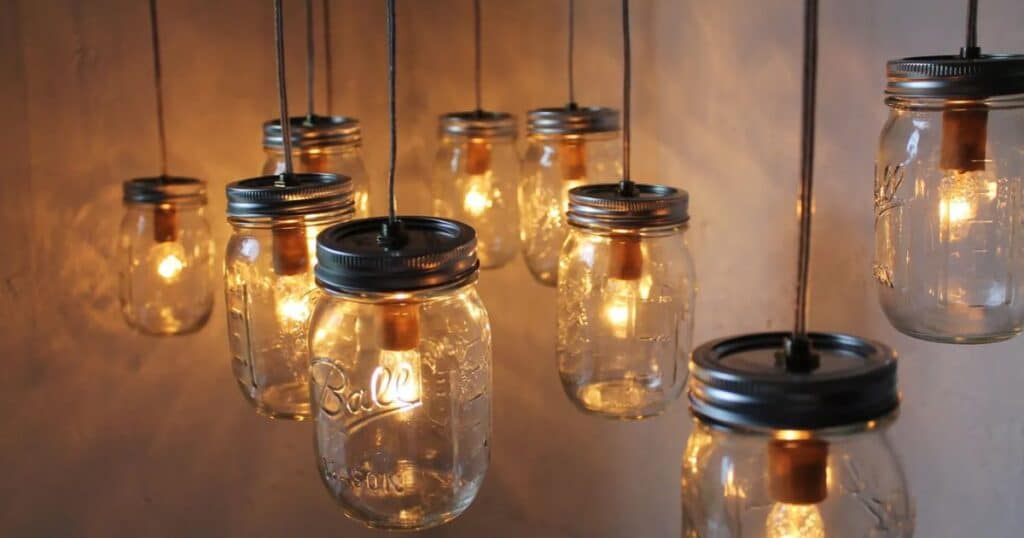
When dealing with hot mason jars, safety’s a must. Off, use mitts or a cloth to handle them, they can get seriously hot. Let them cool a bit before grabbing hold to avoid burns. Also, avoid sudden temperature changes ’cause that might make them crack or shatter. Keep an eye out for cracks or chips on the jar before using it for hot stuff to prevent accidents.
Never close lids too tight when heating or cooling mason jars. The pressure can build up inside, causing a mess or even making the jar burst open. Just loosen them up a bit to let the air escape. And always remember, patience is key, let those hot jars cool down before diving in to keep things safe and sound.
Factors Influencing Mason Jar Heat Levels
The temperature of a mason jar can be influenced by a few different things. The type of glass matters. Some jars are designed to handle higher temperatures compared to others. Also, the thickness of the glass plays a role, the thicker it is, the better it can handle heat without cracking.
Moreover, how you use the jar affects its heat level. Placing a cold jar in the microwave or pouring boiling liquid into it can impact its temperature. Rapid changes in temperature may cause the glass to expand or contract suddenly, potentially leading to breakage. So, considering the type of glass and how you expose it to heat are key factors in determining a mason jar’s heat levels.
FAQs
How much heat can a glass jar take?
A glass jar can typically handle temperatures up to around 300-350 degrees Fahrenheit (150-175 degrees Celsius) without breaking.
Can Mason jars go in hot water?
Mason jars can go in hot water. They’re designed to handle heat, but avoid extreme temperature changes to prevent breakage.
Can mason jars be used for candles?
Mason jars are commonly used for candles. They make great containers because they’re heat-resistant and come in various sizes, perfect for different candle types.
Conclusion
In wrapping up, understanding mason jar heat is crucial for safe use. These containers handle heat differently based on their glass type and thickness. Rapid temperature changes, like pouring hot stuff into cold jars, can risk breakage.
It’s essential to handle mason jars with care when they’re hot. Knowing their heat limits and using them wisely prevents accidents. These versatile jars can endure heat but require mindful handling.

